Tattoo this under your eyelids: Sugar turns to fat.
Not only that, research in the past decade has implicated sugar in cancer, gout, diabetes, obesity, and heart disease.
Sugar is inflammatory, and inflammation is now believed (correctly) to be at the heart of every degenerative disease we know of.
And it’s no longer even possible to defend the idea that sugar isn’t a drug. It is—and an addictive one at that. (Maybe you’ve noticed.) A number of peer-reviewed studies have demonstrated the addictive nature of sugar—in one study, it was shown to be eight times more addictive than cocaine.
What to do, what to do?
Here’s a list of ten things you can do right now to cut back on sugar. It’s not a complete list, but it’s a good start. (If you’ve got your own favorite ways to cut back or eliminate, please share them with me!)
- Don’t add it to foods. This is the easiest and most basic way to immediately reduce the amount of sugar you’re eating. Biggest targets: cereal, coffee, and tea
- Don’t be fooled by “healthy sugar” disguises. Brown sugar, turbinado sugar, raw sugar, agave nectar, brown rice syrup—it’s all the same thing as far as your body is concerned. Don’t kid yourself.
- Reduce or eliminate processed carbohydrates. Most processed carbs—breads, bagels, pastas, snacks, crackers, cereals—are loaded with flour and other ingredients that convert to sugar in the body in a New York minute. That sugar gets stored as triglycerides, a fancy way of saying “fat”.
- Watch out for “fat-free” snacks. The whole “fat-free” concept is just stupid beyond words, but one of the many reasons it’s been so destructive to our health is that most fat-free snacks are loaded with sugar. Read the label. You’ll be disgusted.
- Shop for color. The more your grocery basket looks like a cornucopia of color, the better. It usually means you’re getting more fresh vegetables and low-glycemic fruits such as berries, cherries and apples.
- Become a food detective. My friend, nutritionist Ann Louise Gittleman, says that “to reduce sugar, you have to know where it is”. She’s right. Start reading labels!
- Beware of artificial sweeteners. Unfortunately, artificial sweeteners can increase cravings for sugar and carbohydrates. They can also deplete the body’s stores of chromium, a nutrient crucial for blood-sugar metabolism.
- Do the math. Look at the label where it says “total sugars” and divide the by four, since there are four grams of sugar per teaspoon. The number you wind up with is the number of teaspoons of sugar you’re ingesting, and that’s just “per serving”! Want a laugh? Read the “serving size”—most “servings” have nothing to do with what normal people eat. This exercise alone should scare the pants off you.
- Limit fruit and add more vegetables. (Notice I didn’t say ‘eliminate’ fruit, though those with the most amount of weight to lose might want to do just that—at least for a while.) Fruit has fiber and nutrients, but it’s also loaded with fructose. Don’t overdo it. For weight loss purposes, I’d keep fruit to two portions a day max, and make those low-glycemic (apples, cherries, berries, grapefruit).
- Dump the fruit juice. Whoever sold parents on the idea that apple juice is a healthy drink for kids should be sentenced to a lifetime of community service, preferably hauling vending machines out of our schools. Pure juice is a pure sugar hit, and there’s no place for it in the diet of your kids. There are benefits to unsweetened juices like pomegranate and cranberry, but dilute them with water and use intelligently.
It may not be possible for you to completely eliminate sugar from your diet—and you may not even want to. But to the extent that you can, you’ll be doing yourself—and your health—a great service.
For more information about how you can make a major impact on your health by removing sugar from your diet get New York Times Best Seller JJ Virgin’s new book, The Sugar Impact Diet. JJ will teach you:
1. How we’ve been looking at sugar all wrong and how that’s affecting us.
2. How to get rid of your cravings and take control over sugar in two weeks.
3. What the heck should I eat? (How to clean out the fridge & pantry, what to do for breakfast & a sample shopping list!)
CLICK HERE to claim your free cookbook!





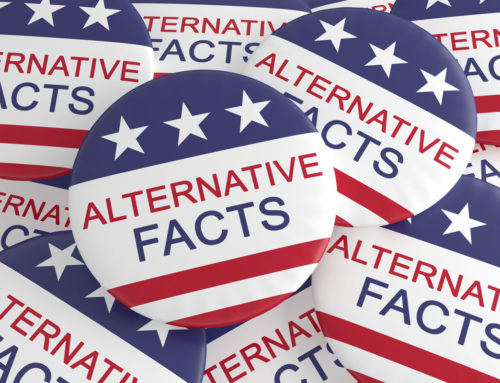
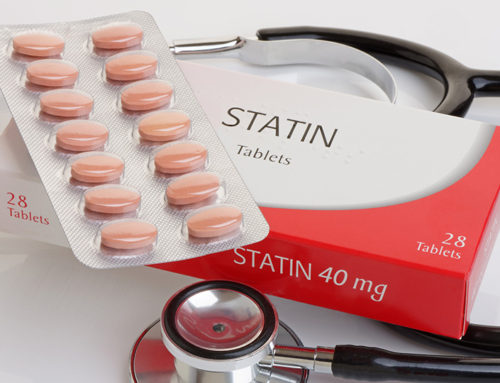
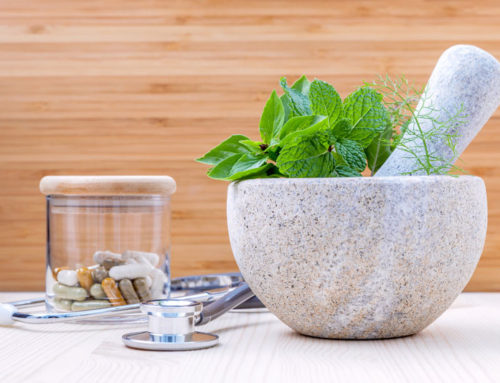
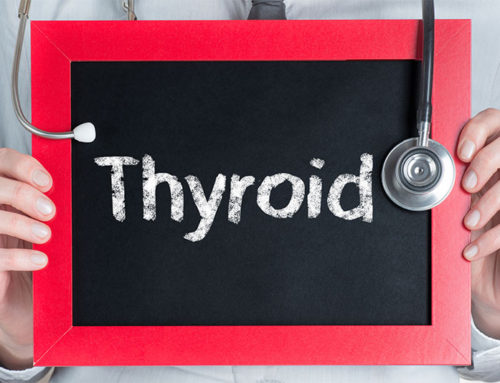

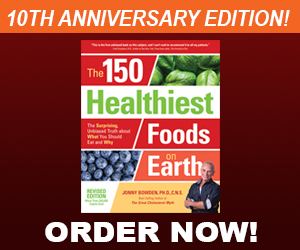

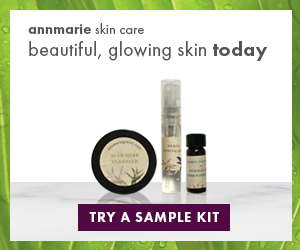

I’d also put a Post-it note on your forehead that reads “sugar destroys your brain”.
I love you man! It’s very hard for me to find stuff online that is so clearcut and to the point. You have boiled Gary Taubes’ books down to a format I can get my friends and family to read.
Thanks for this great topic, Jonny. I want to kick the sugar habit and these ideas are not all new, but great reminders. I was in the store last night and I had to shake my head – probably 95% of the items in the average grocery store are TOXIC!!!!
From one psych postgrad to another: please cite sources! If you talk about a study, please link it. If you make a big claim (e.g. ‘inflammation is the cause of all degenerative disease’) link the evidence. Otherwise it’s impossible to tell good information from bad.
You can tell good information from bad by looking at the URL bar at the top of your browser.
If you see the words old.jonnybowden.com, it’s probably pretty dodgy.
Good point Matthew
“[A]rtificial sweeteners… can also deplete the body’s stores of chromium, a nutrient crucial for blood-sugar metabolism.”
This is an interesting claim. Could you provide a reference or link to a study or studies showing that this is true/likely?
I’ve been preaching #8 for years. If food labels used teaspoons and tablespoons instead grams, people might pay attention more. I never knew that 4 grams equals 1 teaspoon until I had to take a college chemistry class and a college nutrition class.
Sugar is the most powerful and the best selling placebo. If you don’t believe me, just head over to your local pharmacy and check out the number and different types of ‘sugar pills’ for sale at the cash register. http://healthicine.org/wordpress/pharmacy-buy-placebos/
Jonny, please talk about sugars such as honey, pure maple syrup, molasses…. I’m confused about where these types of sugars fit into the story. Are they as harmful, or are there mitigating effects?
thanks
Great examples! I find that eating fruits is the best way to give up unhealthy sugars.
Also, I like to use Kratom whenever I feel sugar cravings.